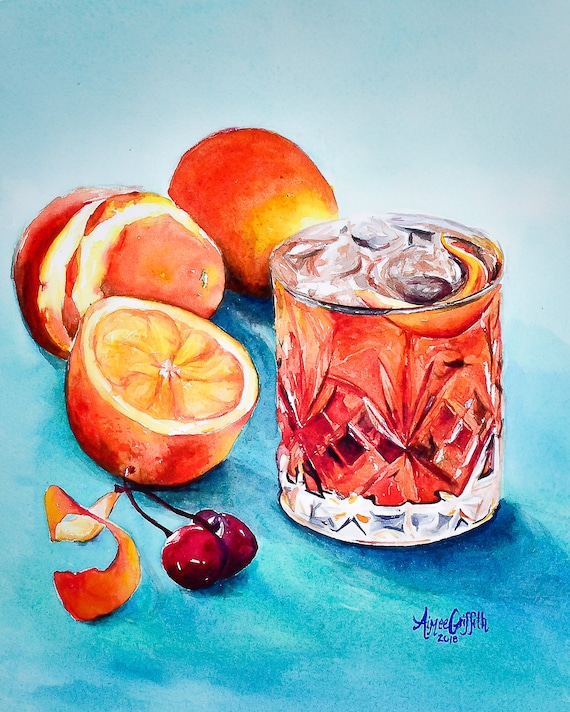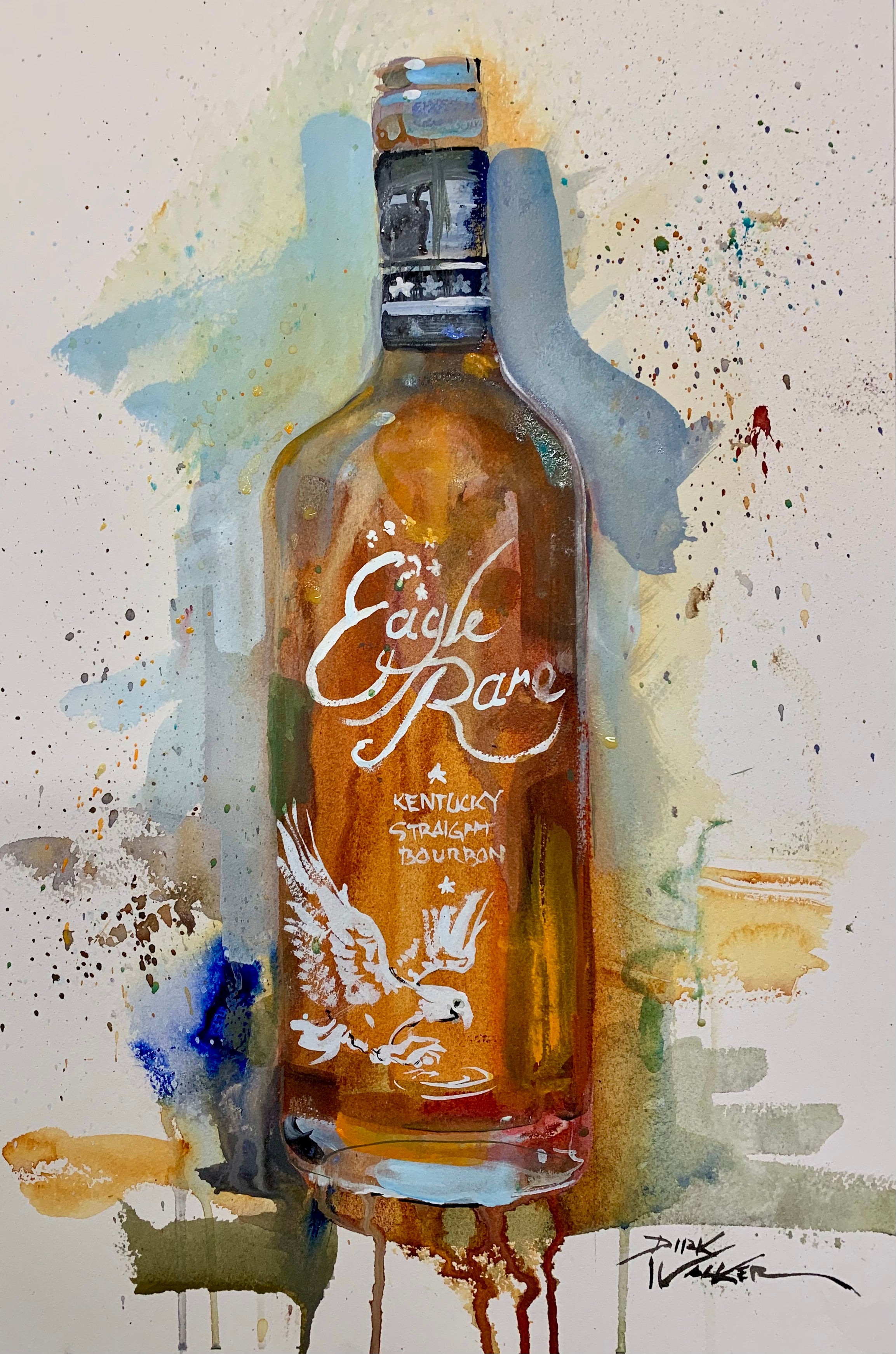Recording the Significance of Scotch Art Through One-of-a-kind Visual Depictions and Styles
The art of whiskey expands beyond the fluid itself, manifesting via a range of aesthetic representations that envelop its storied heritage and workmanship. From the precise design of tags that convey brand name narratives to expressive digital photography that catches the spirit's attraction, each creative expression offers to enhance the customer's journey. As the market welcomes contemporary patterns, the discussion surrounding these depictions becomes intricate and increasingly abundant, meaning deeper connections in between culture and imagination. What continues to be to be uncovered is exactly how these advancing styles show not just the bourbon itself but likewise the transforming landscape of creative analysis.
The Background of Bourbon Art

As scotch manufacturing spread, so too did the wish to boost its experience through art. From the complex engravings on early barrels to the elaborate labels of contemporary containers, each element shows an one-of-a-kind artistic vision, serving as an aesthetic story of the whiskey's heritage.
In the 18th and 19th centuries, the increase of the commercial change even more improved bourbon art, bring about innovative packaging and marketing that recorded customer attention. Artists and designers began trying out visual appeals, imbuing whiskey-related imagery with symbolic meanings that communicated concepts of workmanship, custom, and area.
Today, bourbon art proceeds to advance, mixing typical methods with contemporary art kinds. Bourbon Art. This ongoing discussion in between the spirit and its aesthetic depiction highlights the enduring bond between whiskey and society, improving the total experience for lovers worldwide
Iconic Bottle Designs
While many factors add to the attraction of scotch, renowned bottle layouts play an essential function fit customer assumption and improving the overall experience. The visual discussion of scotch bottles is not just a visual consideration; it acts as a bridge in between the product and the consumer, stimulating feelings and setting assumptions.
Unique shapes, products, and closures can raise a whiskey brand name's identity, making it immediately well-known on congested shelves. For example, the traditional Glenfiddich container, with its sophisticated tapered shape, conveys a feeling of tradition and workmanship, while the strong, modern style of the Balvenie bottle shows advancement and class. Additionally, making use of colored glass or one-of-a-kind textures can recommend the top quality and character of the bourbon within.
Legendary designs commonly include elements of social heritage, signifying the brand's history and link to its origins. Brands like Jack Daniel's use an uncomplicated, durable design that resonates with its American scotch heritage. Inevitably, the impact of bottle layout expands beyond mere performance; it envelops the significance of the brand, inviting consumers to delight and discover in the abundant tapestry of whiskey culture.
Label Artwork and Branding
Bottle designs frequently set the stage for what consumers can expect, yet tag art work and branding play a just as substantial function in interacting a scotch's identity. The label offers as the initial factor of get in touch with between the consumer and the product, encapsulating the essence of the whiskey within its visual components.
Reliable label artwork incorporates color, imagery, and typography to produce a narrative that resonates with the brand's heritage and target market. A label including vintage font styles and elaborate images may evoke a feeling of tradition and workmanship, appealing to connoisseurs. On the other hand, bold colors and contemporary layout aspects might draw in a younger market seeking technology and excitement.


Photography and Visual Storytelling
Recording the significance of whiskey through photography and aesthetic narration is an art kind that elevates the brand experience. This medium transcends plain product representation, delving right into the detailed stories that border each container. By using engaging images, photographers can evoke emotions that resonate with consumers, eventually creating a much deeper link to the scotch brand name.
Aesthetic narration in scotch digital photography usually utilizes rich textures, lighting, and composition to highlight the unique characteristics of the spirit. The interplay of light and shadow can accentuate the brownish-yellow hues of bourbon, while the selection of history components-- such as rustic barrels or sophisticated glasses-- can strengthen the brand's heritage or way of life associations.
Moreover, capturing the ceremonial facets of scotch usage, from the pouring to the tasting, welcomes customers into a sensory experience, allowing them to picture the flavors and scents that await. Each picture not just showcases the product but also informs a tale of craftsmanship, tradition, and the minutes that scotch can improve - Limited Edition. Thus, photography comes to be an effective tool in expressing the identification of whiskey brand names, placing them within the broader social landscape
Emerging Trends in Bourbon Art
The development of whiskey art is significantly shaped by contemporary fads that show broader societal shifts and consumer preferences. One prominent trend is the integration of sustainability into art practices. Artists are currently using recycled materials and eco-friendly procedures to develop whiskey-themed pieces, reverberating with environmentally mindful consumers. This change not just highlights the significance of sustainability but also boosts the narrative surrounding bourbon production.
Additionally, digital art has actually risen in popularity, enabling for cutting-edge representations of scotch. Musicians are leveraging modern technology to craft immersive experiences, such as augmented truth installments that involve audiences and supply a much deeper understanding of bourbon's cultural importance. This fad additionally includes social networks systems, where visually striking material garners focus and cultivates neighborhood among lovers.
Additionally, partnerships in between scotch brand names and musicians are coming to be more commonplace. These partnerships yield limited-edition packaging designs and exclusive artworks that celebrate both the craftsmanship of whiskey and the creativity of artists. As whiskey art continues to develop, these emerging trends will definitely form its future, promoting a dynamic crossway of culture, sustainability, and technology within the whiskey community.
Verdict
In conclusion, the art of bourbon incorporates a varied variety of graphes that show its rich heritage and craftsmanship. From legendary container styles and elaborate other label artwork to engaging digital photography, each aspect contributes to a broader story that improves the consumer's experience. As emerging patterns, such as digital art and sustainability, remain to form this creative landscape, the diverse identity of bourbon stays an enduring resource of cultural connection and expedition.
In final thought, the art of whiskey encompasses view it a varied selection of aesthetic depictions that show its rich heritage and workmanship.